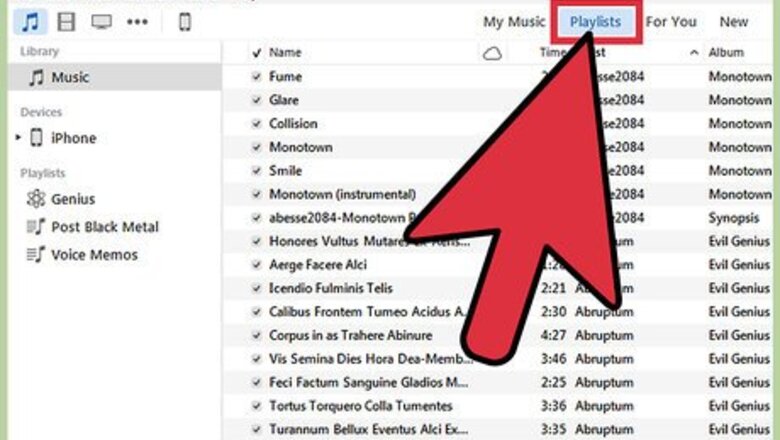
views
Exporting Playlists
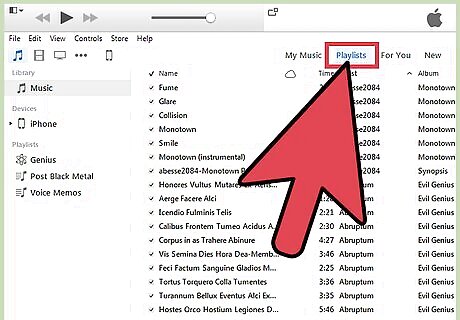
Select the playlist in iTunes that you want to export. When you export a playlist, you are exporting the list of songs and their order. You can export playlists to transfer them from your iPhone to your computer, or from iTunes to another media player. You can export any playlist in iTunes, including playlists on your iPhone, iPod, or iPad. Select your device in iTunes and then click the playlist name in the "On My Device" section of the sidebar.
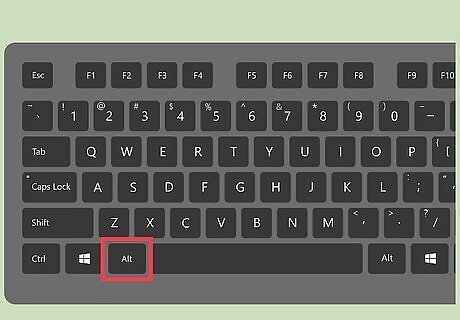
Press .Alt if you're using Windows. This will display the menu bar. You can also press Ctrl+B to turn it on permanently.
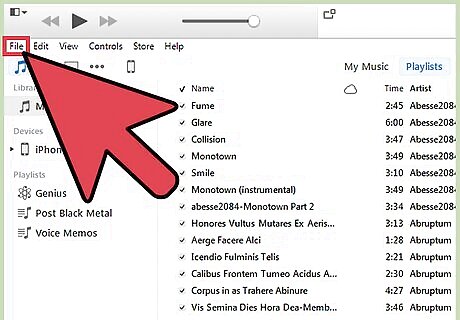
Click the "File" (Windows) or "iTunes" (Mac) menu. This will display a small menu.
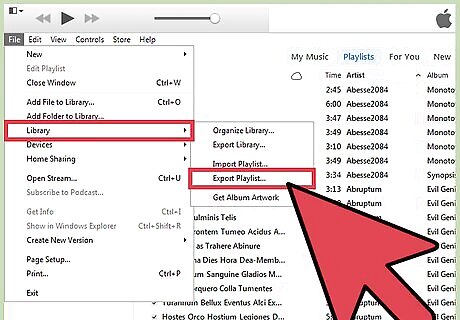
Select "Library" → "Export Playlist." This will open the file browser so that you can choose where you want to save the playlist file.
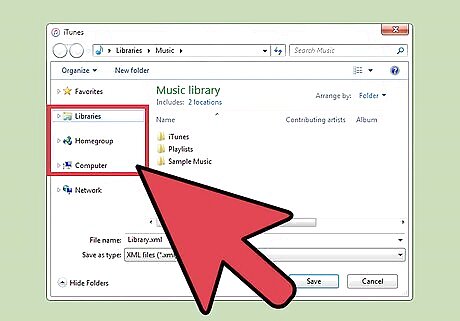
Choose a new location to save the file. By default, iTunes for Windows will try to save the playlist to the "system32" folder, which is not a convenient place to find it later. Navigate to an easy-to-access location, such as your desktop or your Documents folder.

Choose the format you want to export the playlist as. Click the "Save as type" menu to see the format options. You have several options to choose from, and the format you pick will depend on how you intend to use the playlist: Select "XML" if you're planning on importing the playlist back into iTunes, such as when you're moving a playlist from your iPhone to your computer or sharing it with a friend. Select "M3U" if you are importing the playlist into a program like Winamp or MediaMonkey. Select "Text files" if you want to save all of the data for each song into a tab-separated plain text file. This can be useful for importing the playlist into a database or spreadsheet program such as Excel.
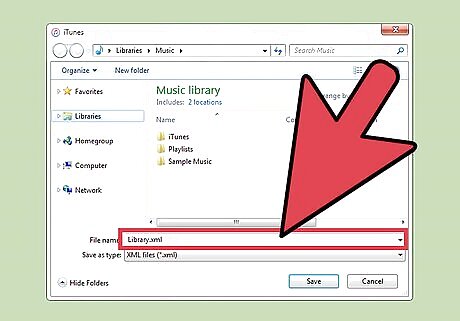
Give the playlist a name and save it. By default, the playlist file will have the same name that it did in iTunes. You can change it to whatever you'd like before saving it to your computer.
Importing Playlists
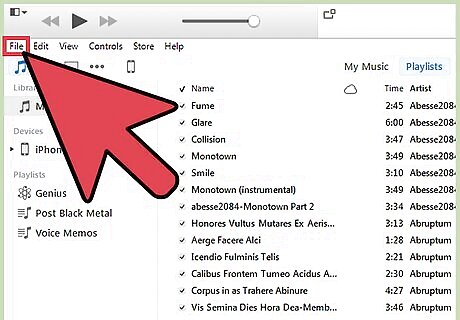
Click the "File" (Windows) or "iTunes" (Mac) menu. If you don't see the menu bar in Windows, press Alt.
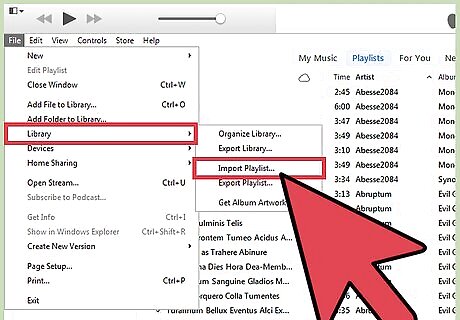
Select "Library" → "Import Playlist." The file browser will open.
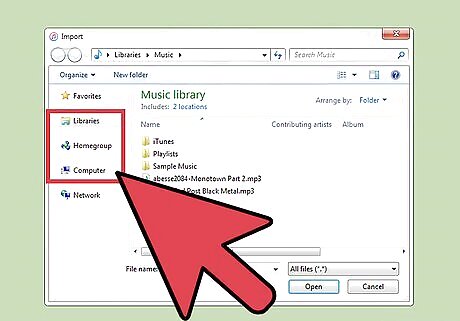
Find the playlist file that you want to import. iTunes can import XML and M3U playlists. Select the file that you want to import into iTunes.
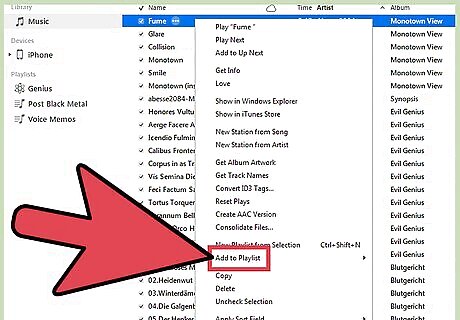
Add any songs that are in the playlist but aren't in your library. You'll receive an error when you import a playlist that contains songs that aren't in your library. You'll need to transfer these songs to your library if you want the playlist to be complete, then you'll need to re-import the playlist.




















Comments
0 comment